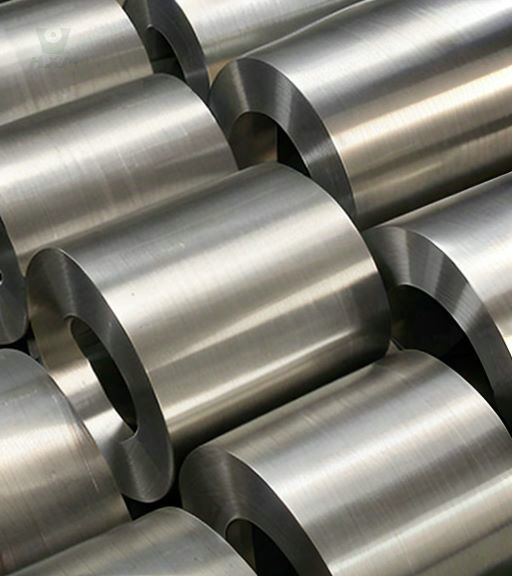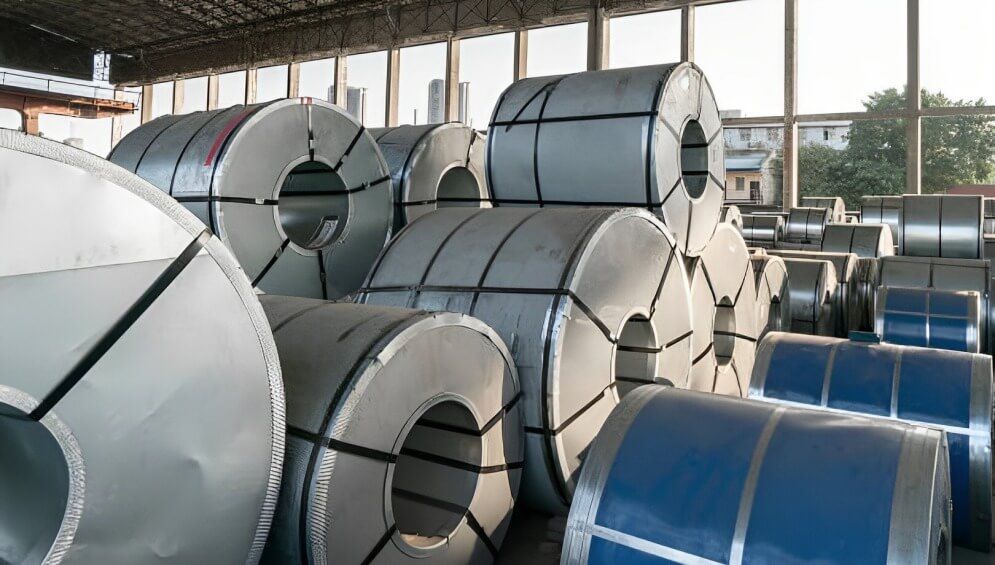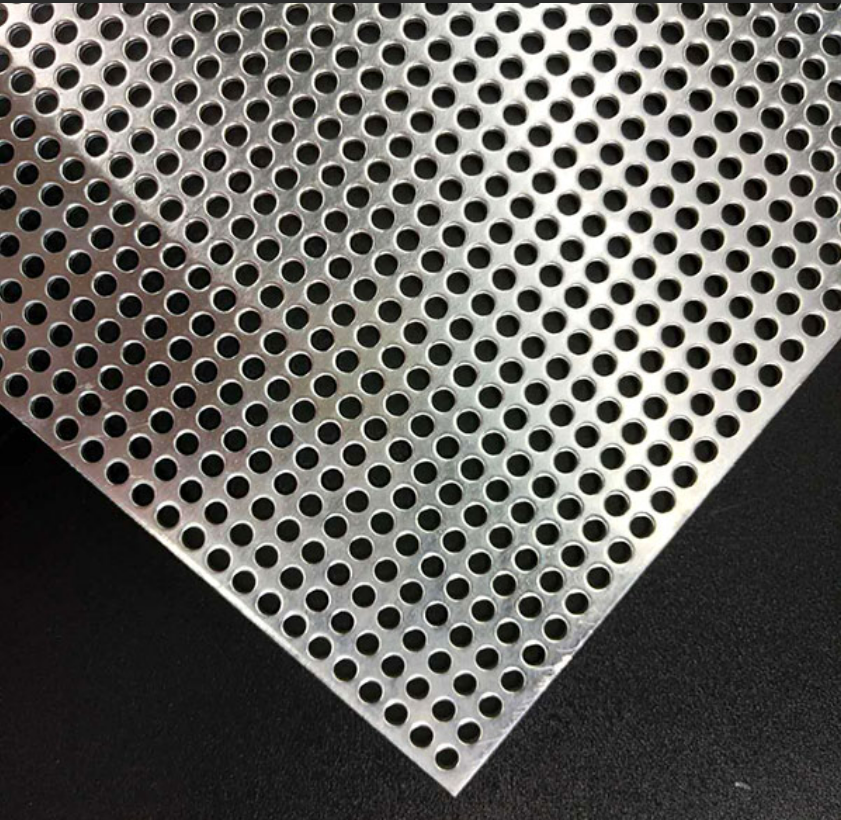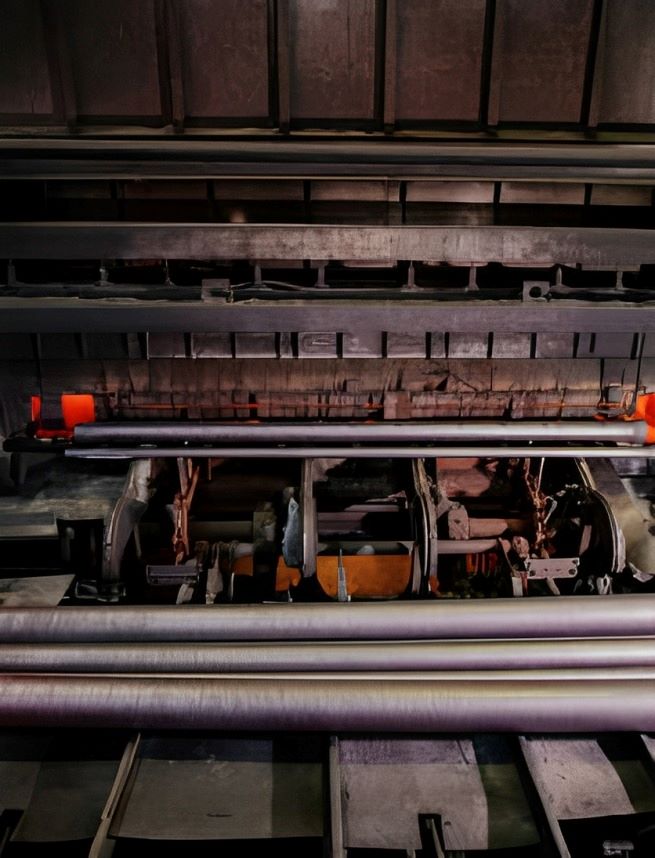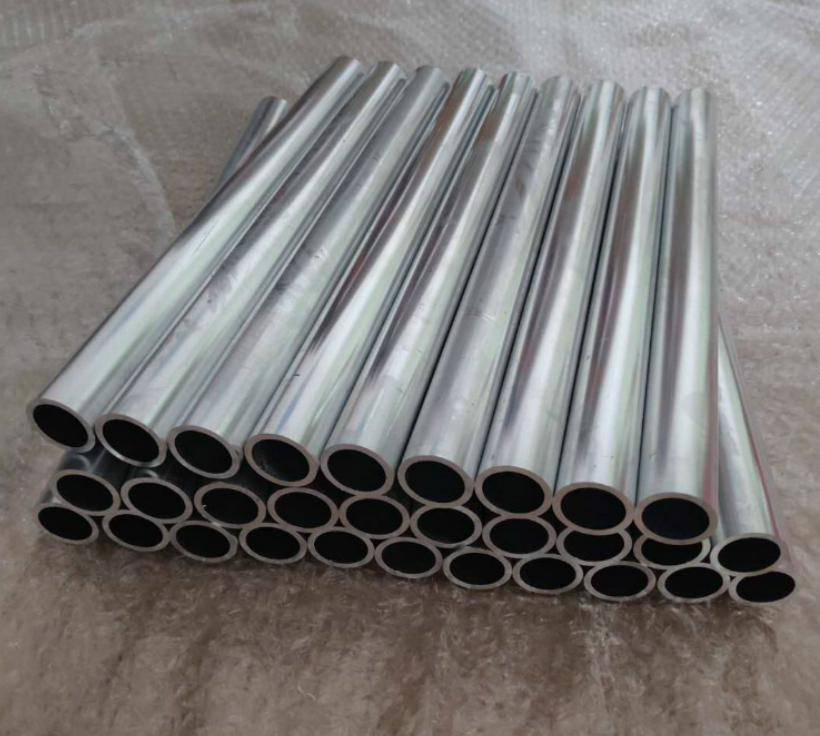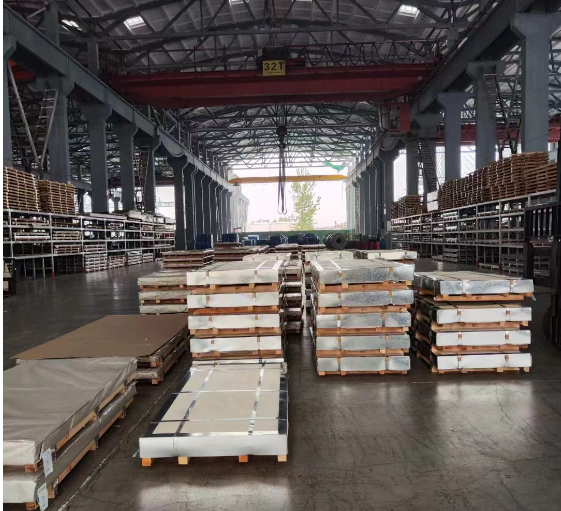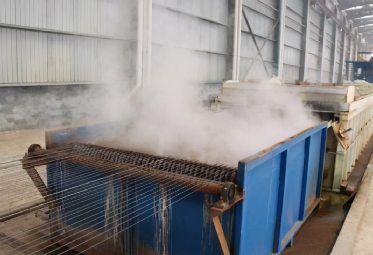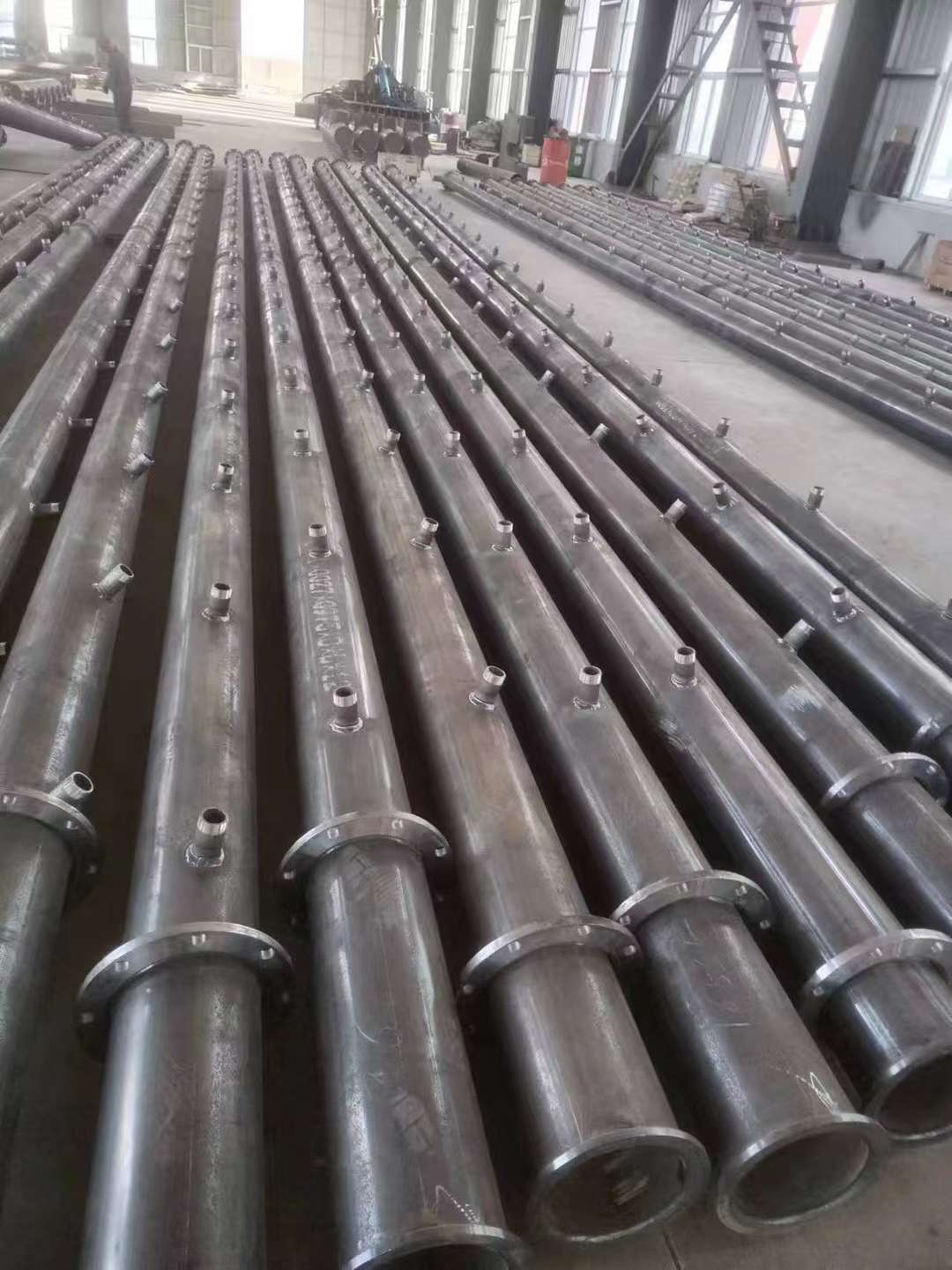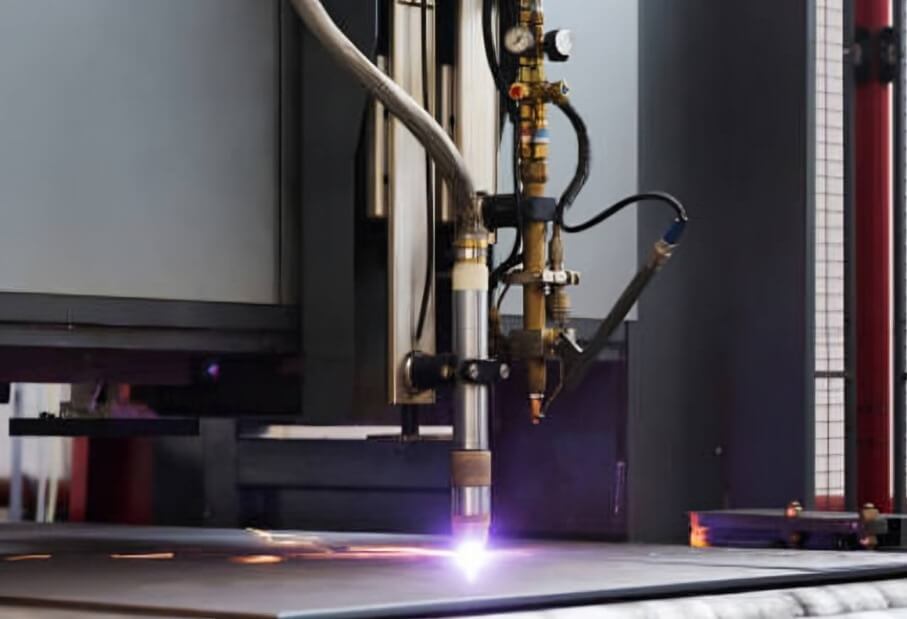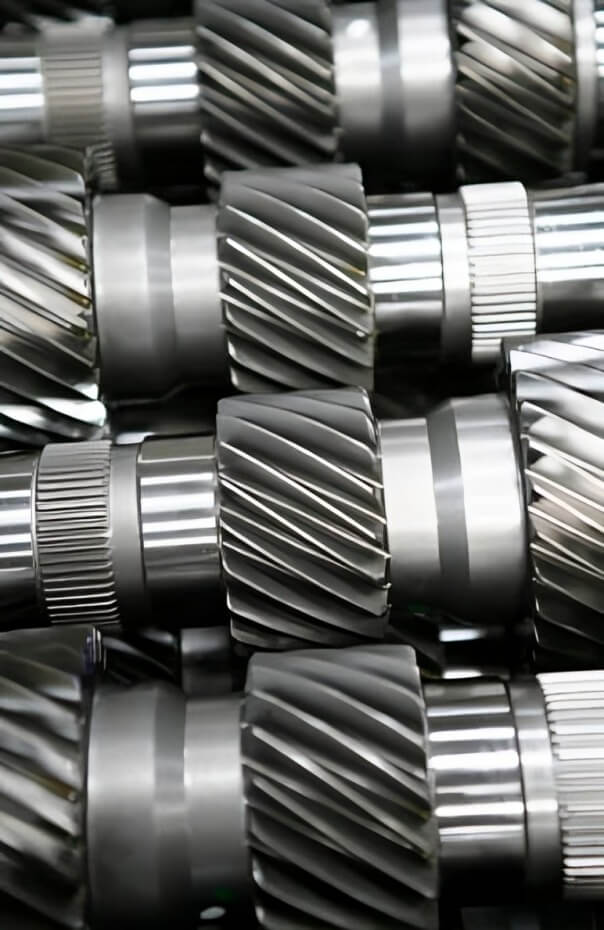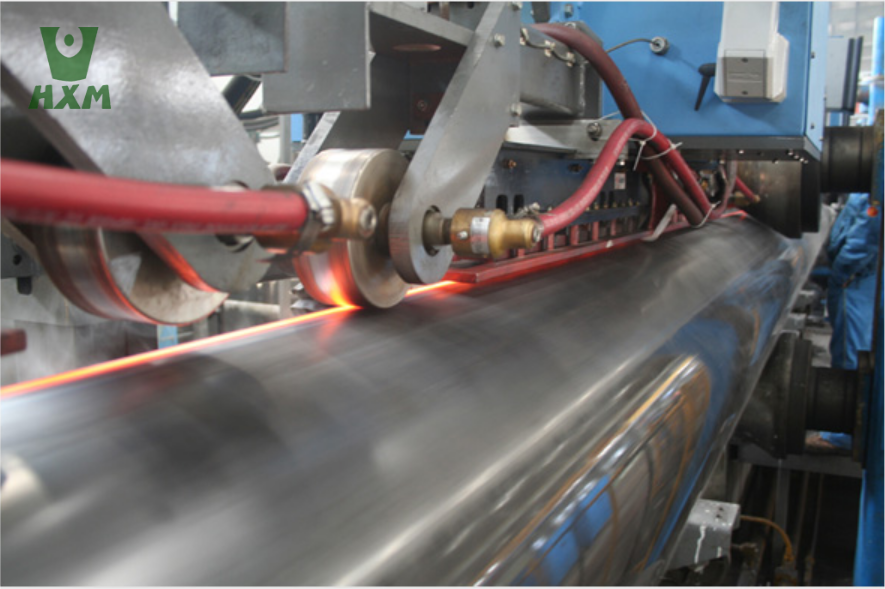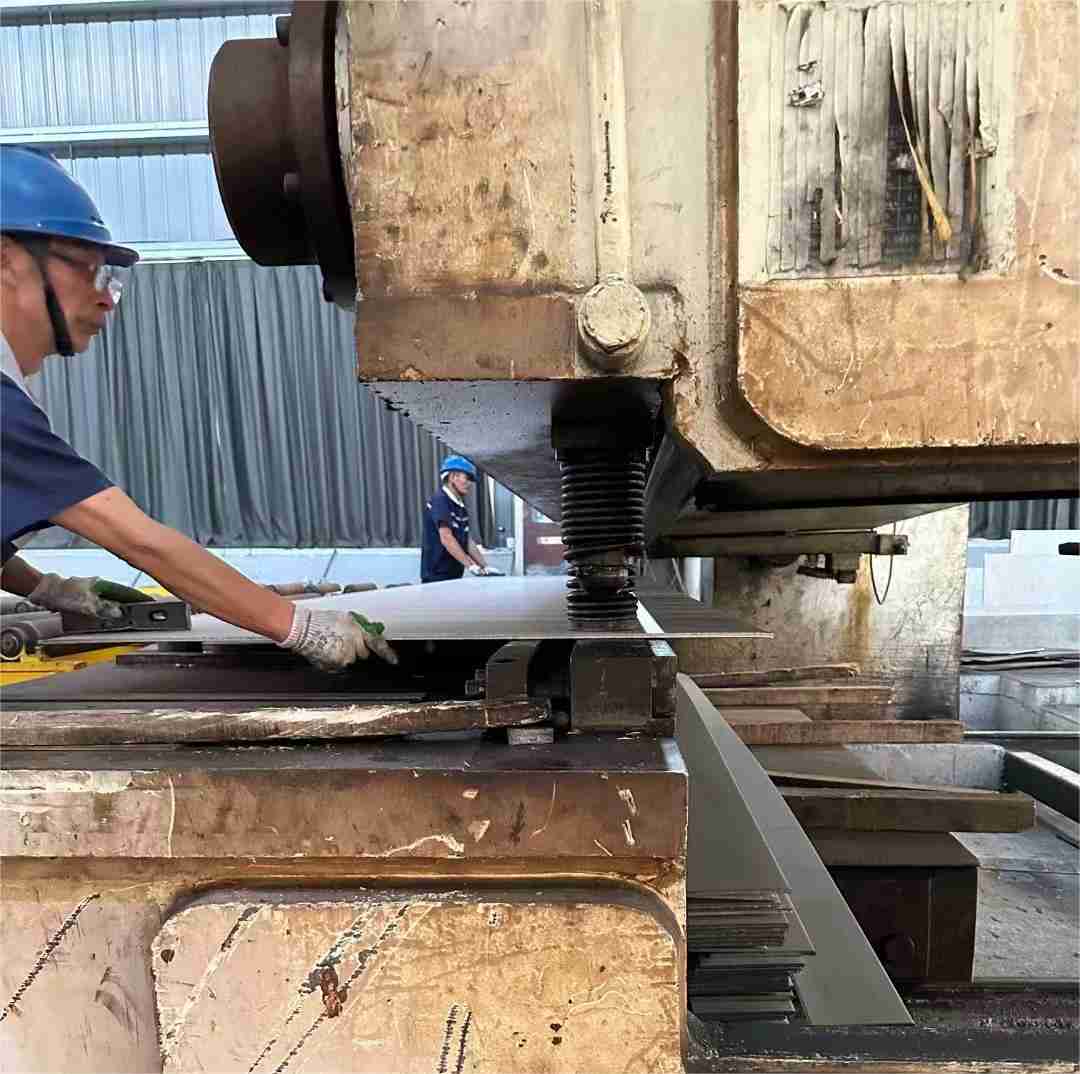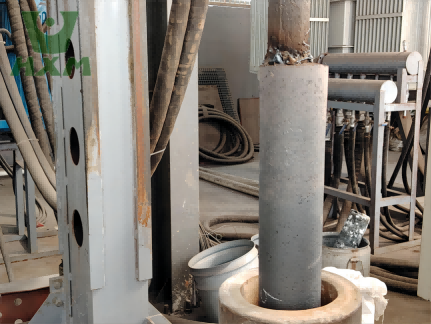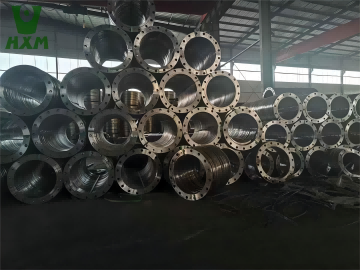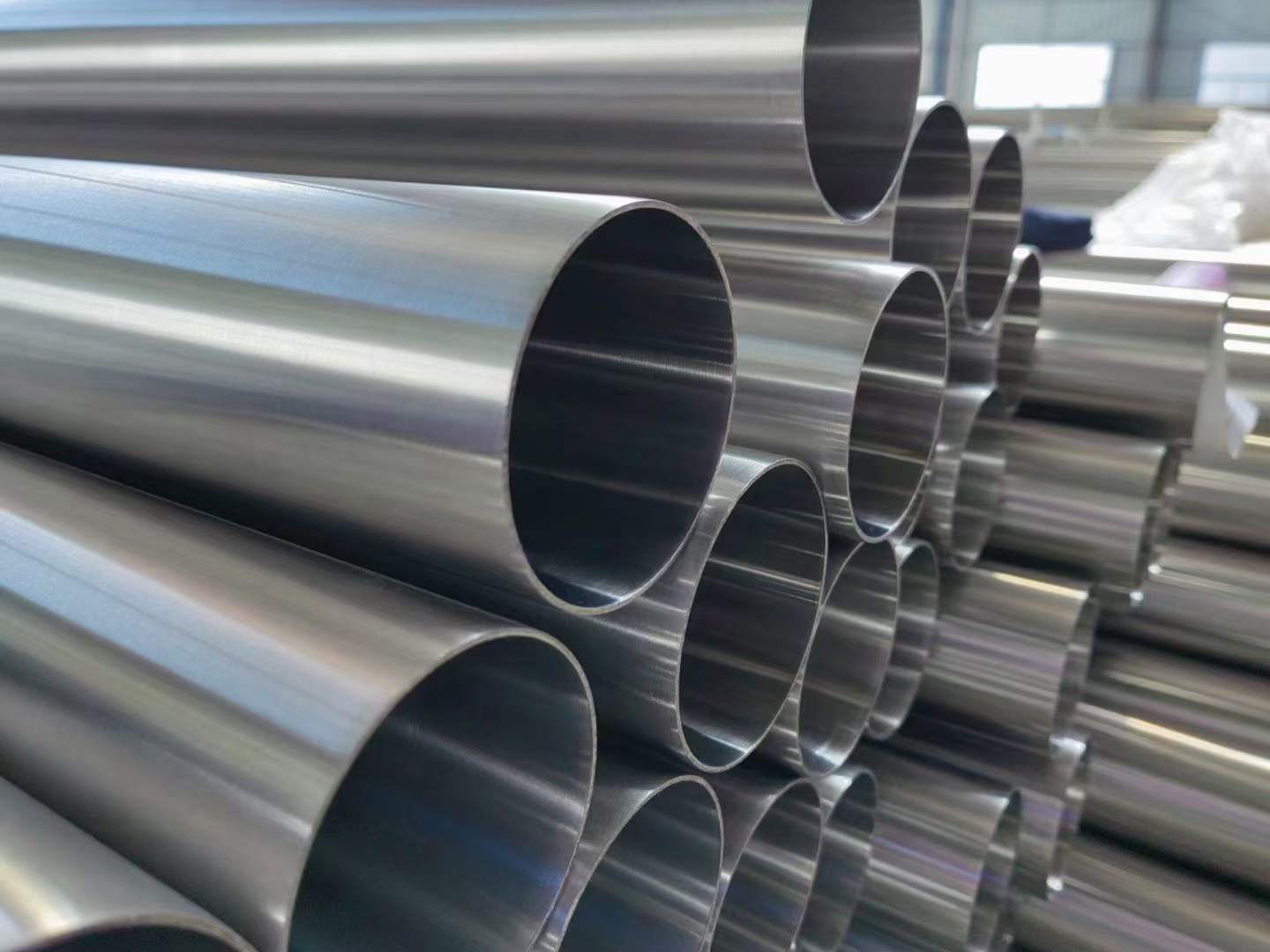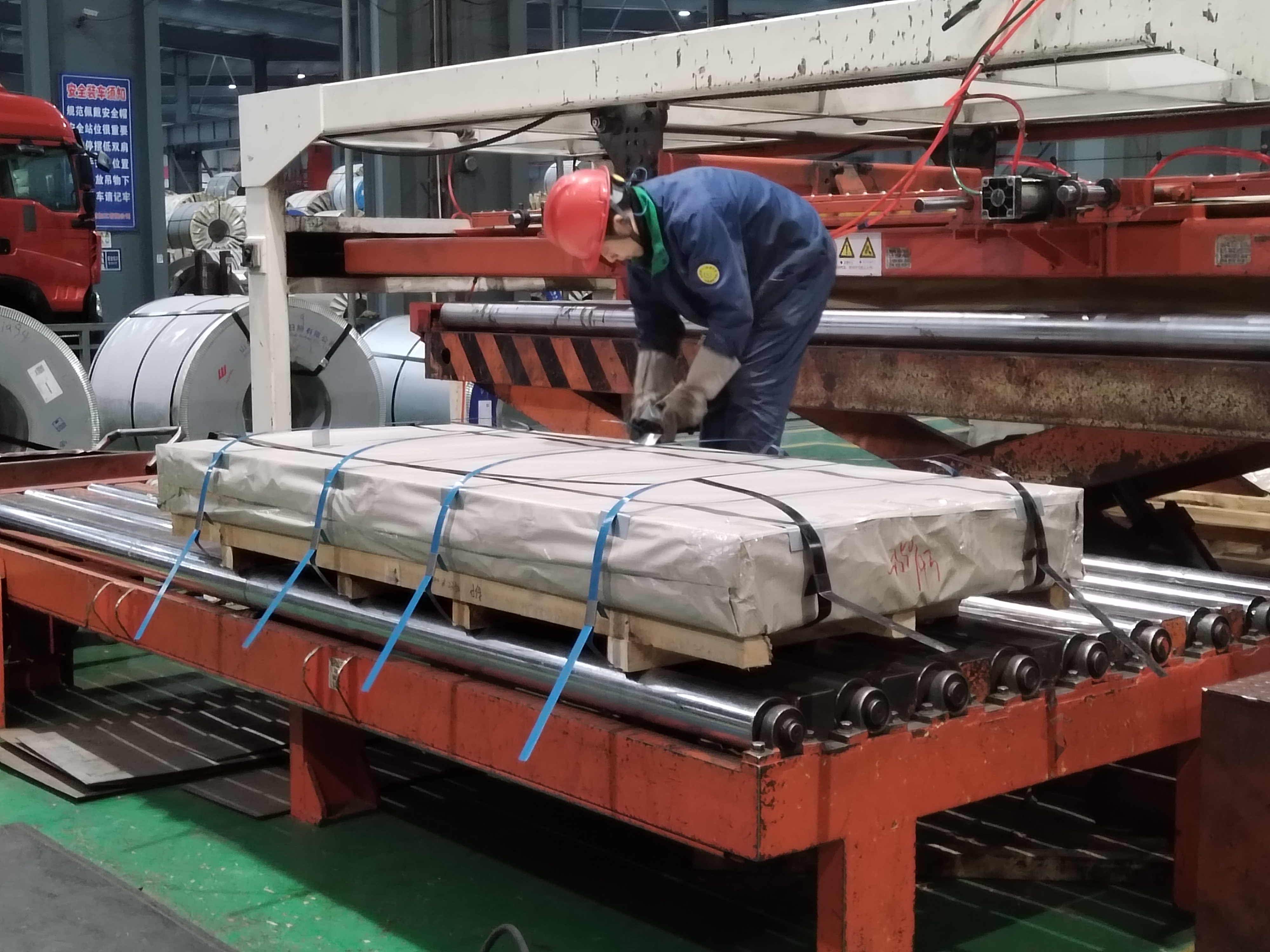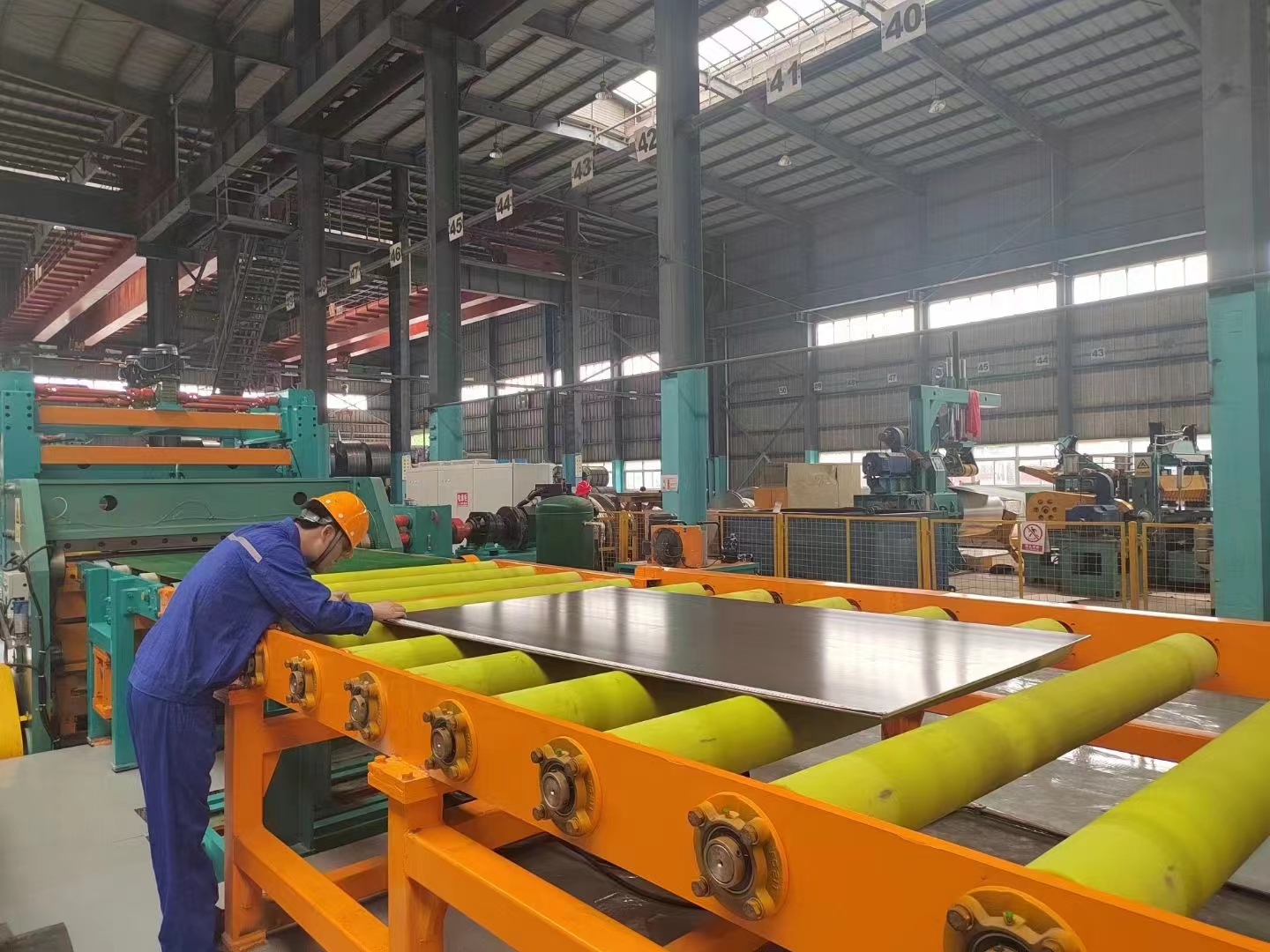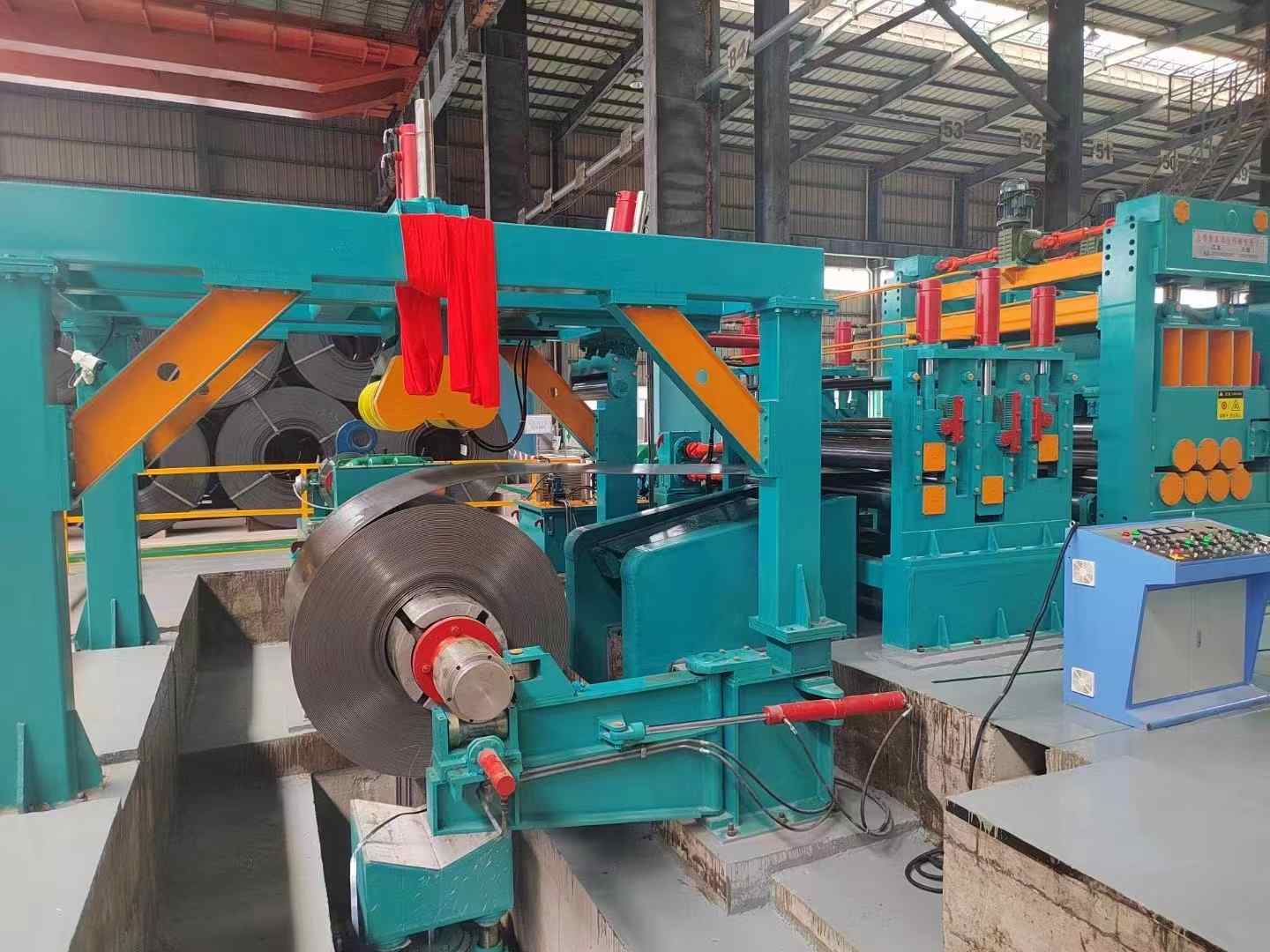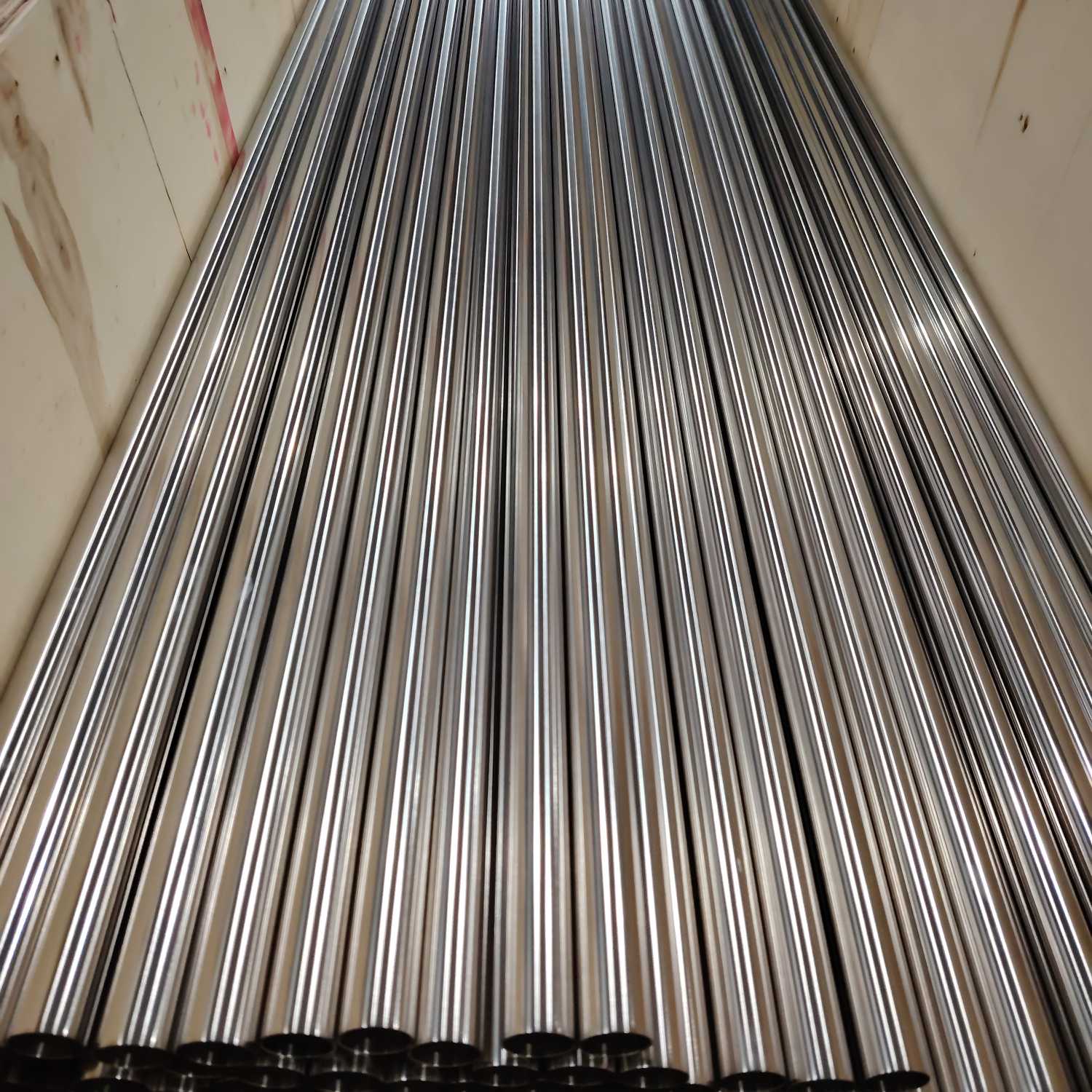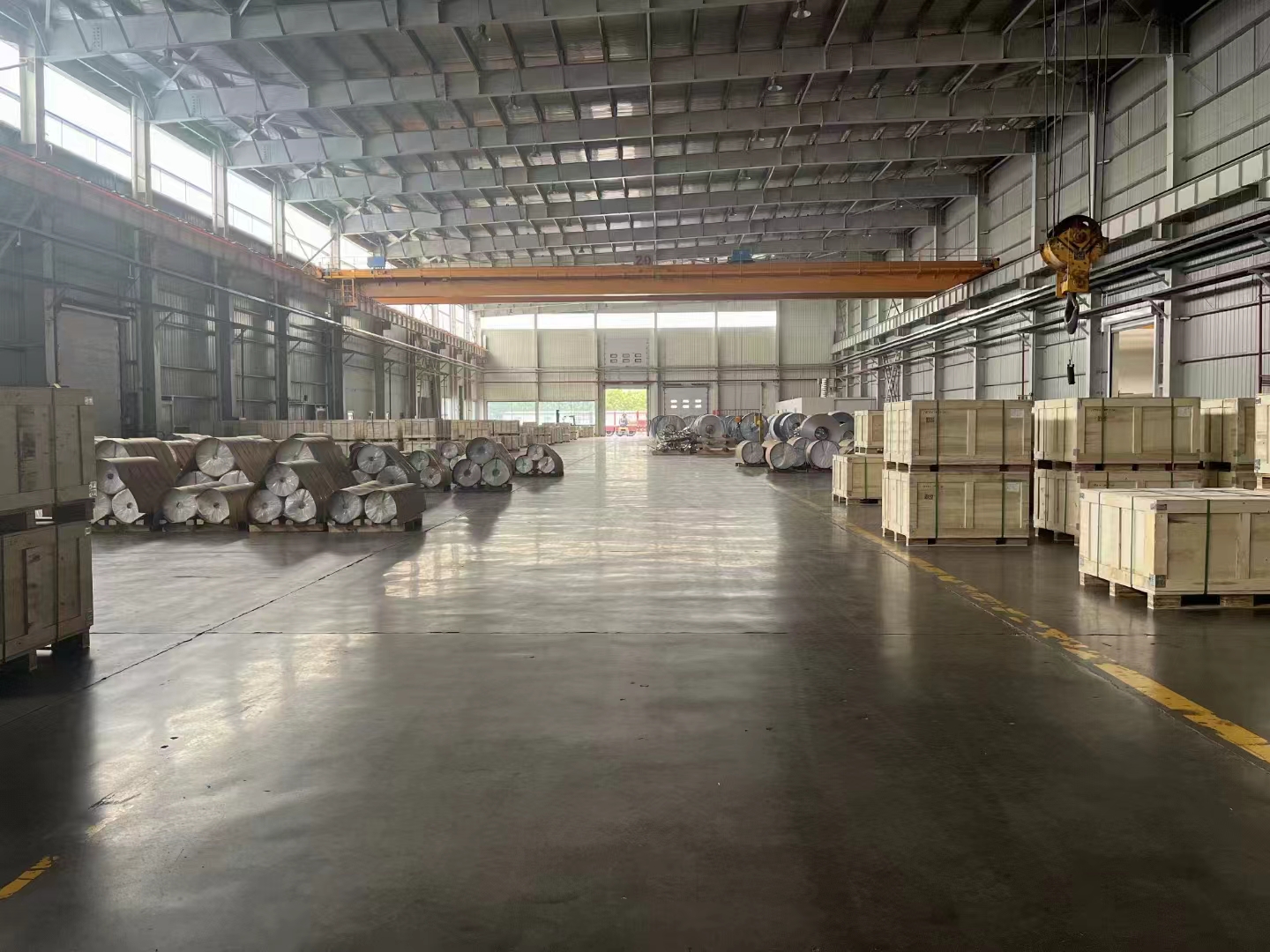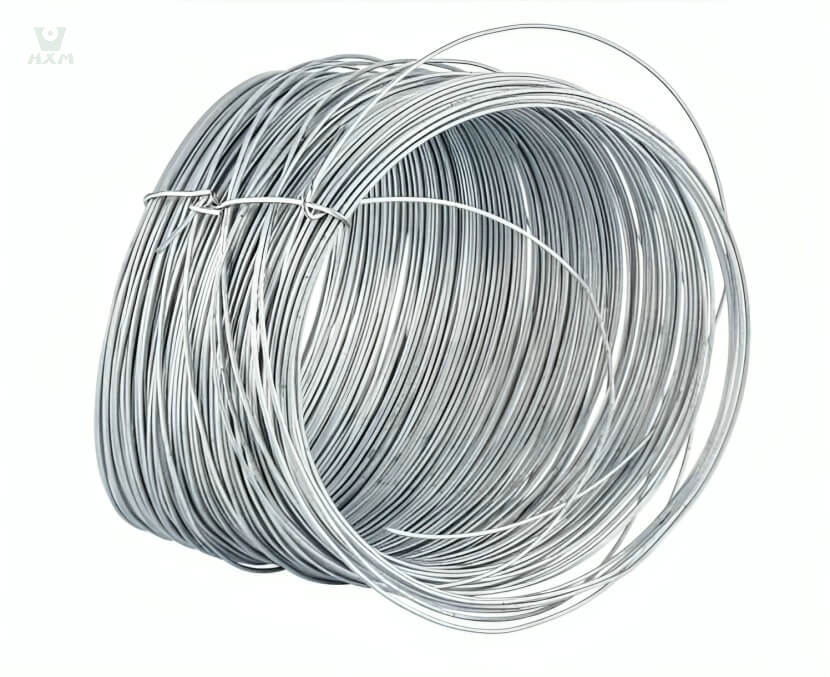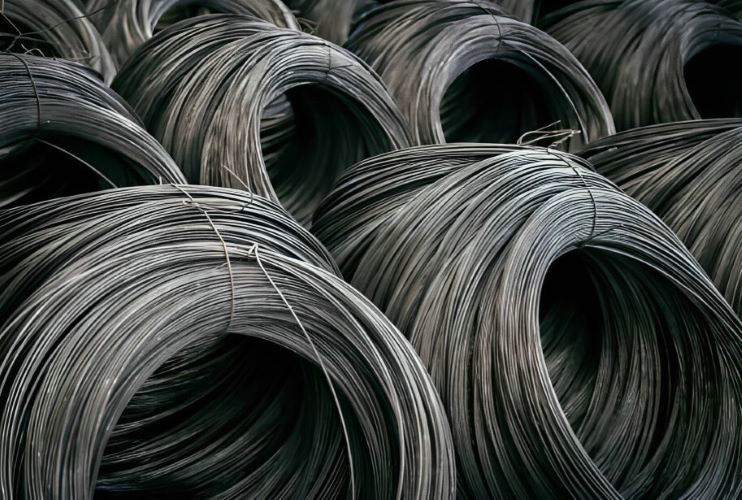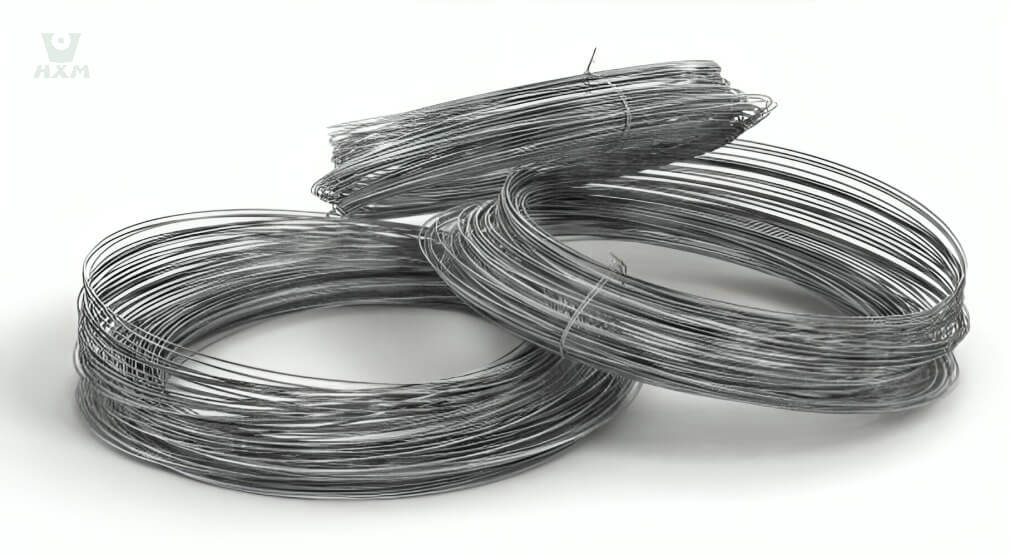
- June 21, 2023
- huaxiaostainless
When talking about stainless steel, people often refer to common grades such as 304 and 316, numbers that represent the chemical composition and properties of different stainless steel alloys. However, some people may be less familiar with markings such as 18/10. This combination of numbers actually means the nickel and chromium content of the stainless steel and is describing the alloy proportions of the different stainless steel materials. This representation focuses more on the percentage of nickel and chromium in the alloy than the common numerical designation system, and is particularly important for applications such as kitchen utensils.
what is 18/10 stainless steel?
18/10 stainless steel is essentially equivalent to the commonly known 304 and 316 stainless steel. Both 18/10 and 304 stainless steel alloys have a similar composition, comprising 18% chromium and 8-10.5% nickel, alongside other minor elements. The difference lies in their method of representation: 18/10 emphasizes the specific chromium-to-nickel ratio, highlighting its suitability for culinary applications due to its enhanced corrosion resistance and durability. On the other hand, 304 stainless steel, a part of the austenitic stainless steel family, denotes a specific alloy within the ASTM designation system, widely recognized for its corrosion resistance, high-temperature strength, and ease of fabrication. Thus, while technically slightly different in their naming conventions, both 18/10 and 304 stainless steel alloys share similar qualities, making them favorable choices for kitchenware and various industrial applications due to their excellent corrosion resistance and durability.
About Stainless Steel Grades
Stainless steel grading systems play a pivotal role in categorizing alloys based on their chemical compositions and properties. These systems, established by standardization bodies like ASTM (American Society for Testing and Materials) and others worldwide, help identify and differentiate various stainless steel alloys used in different applications.
stainless steel grading systems
One common numeric representation, notably seen in kitchenware and culinary products, is 18/10 stainless steel. This designation signifies the chromium-to-nickel ratio in the alloy, where it contains 18% chromium and 10% nickel. This ratio denotes its corrosion-resistant properties, durability, and luster. Stainless steel manufacturers often utilize this 18/10 ratio to create high-quality kitchen utensils, cookware, and cutlery due to its enhanced resistance to corrosion in various environments, including exposure to acidic or salty substances during food preparation.
Additionally, ASTM, a widely recognized organization, employs a numeric designation system such as 304 stainless steel. ASTM 304 denotes a specific stainless steel alloy within its classification framework. In this instance, 304 represents an austenitic stainless steel alloy with approximately 18% chromium and 8-10.5% nickel, among other minor constituents. This grade is renowned for its corrosion resistance, high-temperature strength, and ease of fabrication. It finds extensive use in diverse industries, including food processing, chemical, and architectural applications.
Stainless steel manufacturers use these numeric designations to communicate the alloy’s composition, highlighting specific properties and suitability for various applications. Understanding these grading systems aids consumers and industries in selecting the appropriate stainless steel grade that aligns with their specific needs, whether in terms of corrosion resistance, strength, or aesthetics.
numbering system
The ASTM (American Society for Testing and Materials) numbering system is a standardized classification method extensively utilized in the identification and categorization of various stainless steel alloys based on their composition, properties, and intended applications. This system employs alphanumeric codes to designate specific stainless steel grades, offering a comprehensive framework for manufacturers, engineers, and industries to differentiate and select suitable materials for diverse purposes.
Within the ASTM numbering system, specific codes are assigned to denote stainless steel alloys. For instance, the designation 18/10 stainless steel, though not directly part of the ASTM nomenclature, aligns with the ASTM system’s principles. While ASTM does not explicitly use the 18/10 ratio, it defines various stainless steel grades through numerical codes such as 304, 316, and more. These codes represent different alloy compositions, emphasizing the ratios of key elements like chromium, nickel, and others.
ASTM codes provide detailed specifications for stainless steel alloys, delineating their chemical makeup, mechanical properties, corrosion resistance, and heat resistance. This system enables stainless steel manufacturers to produce alloys tailored for specific applications, ranging from industrial uses to consumer products like 18/10 stainless steel kitchenware. Additionally, the ASTM numbering system aids in quality assurance, standardization, and global trade by establishing consistent benchmarks for stainless steel alloys across various industries.
While the ASTM system doesn’t explicitly employ the 18/10 ratio, its comprehensive classification methodology defines a broad spectrum of stainless steel grades, empowering stainless steel manufacturers and users to identify alloys suited to their particular requirements, ensuring reliability, functionality, and longevity in diverse applications.
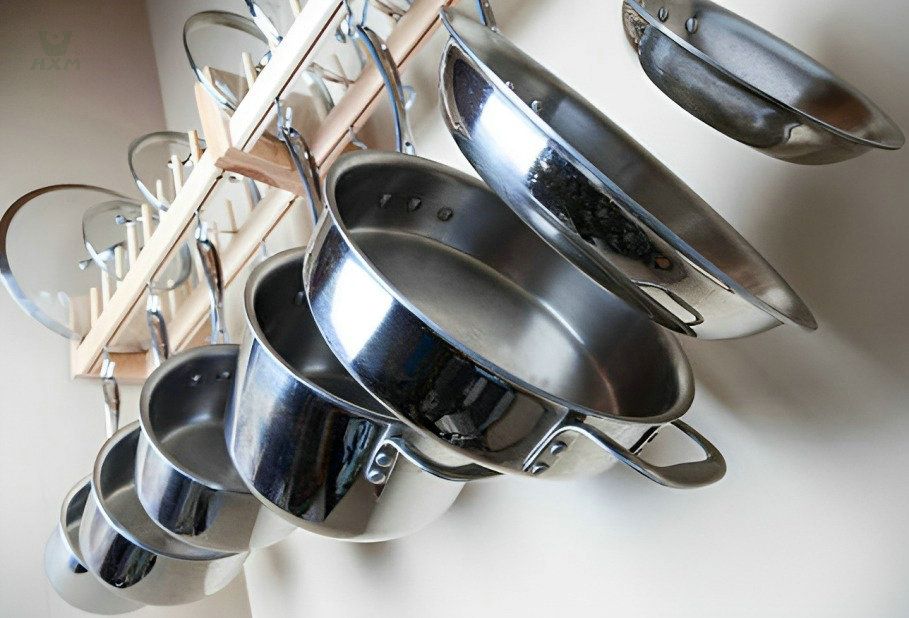
Composition of 18/10 Stainless Steel
The detailed breakdown of the composition of 18/10 stainless steel is as follows: It consists of 18% chromium and 10% nickel. These composition percentages play a crucial role in the design and production processes of stainless steel manufacturers to create 18/10 stainless steel.
| Element | Composition (%) |
|---|---|
| Chromium | 18% |
| Nickel | 10% |
| Carbon | <0.08% |
| Manganese | <2% |
| Silicon | <1% |
| Phosphorus | <0.045% |
| Sulfur | <0.03% |
| Nitrogen | <0.1% |
Chromium is primarily responsible for imparting corrosion resistance to the alloy. When chromium reacts with oxygen in the atmosphere, it forms a thin, passive oxide layer on the surface of the stainless steel. This oxide layer acts as a protective barrier, preventing further oxidation and corrosion. The higher the chromium content, the more effective the corrosion resistance. In the case of 18/10 stainless steel, the 18% chromium content ensures excellent resistance to corrosion from water, chemicals, and other corrosive substances. Stainless steel manufacturers carefully control the chromium content to achieve the desired corrosion resistance in the final product.
Nickel contributes to several important properties of 18/10 stainless steel. Firstly, nickel enhances the corrosion resistance of the alloy. It helps stabilize the austenitic structure of stainless steel, making it more resistant to localized corrosion, such as pitting and crevice corrosion. The 10% nickel content in 18/10 stainless steel improves its ability to withstand corrosive environments, including exposure to acids, alkalis, and chloride-containing solutions.
Additionally, nickel improves the mechanical properties of the alloy. It enhances the toughness and ductility of 18/10 stainless steel, making it more resistant to deformation and capable of withstanding mechanical stress. This makes the alloy easier to form, shape, and fabricate into various products, such as kitchenware and industrial equipment.
Furthermore, nickel provides thermal stability to 18/10 stainless steel, allowing it to maintain its structural integrity and strength at high temperatures. This property is particularly important in applications where the alloy is exposed to elevated temperatures, such as industrial processes or high-temperature cooking.
Stainless steel manufacturers carefully select the appropriate nickel content in conjunction with chromium to achieve the desired balance of corrosion resistance, mechanical properties, and thermal stability in 18/10 stainless steel.
In summary, chromium contributes to the corrosion resistance of 18/10 stainless steel, while nickel enhances corrosion resistance, improves mechanical properties, and provides thermal stability. Stainless steel manufacturers meticulously control the chromium and nickel contents to ensure that 18/10 stainless steel exhibits the desired properties for its applications.
Is 18/10 Stainless Steel Safe?
why 18/10 stainless steel is considered safe:
Corrosion Resistance: The chromium content provides excellent corrosion resistance, making it resistant to rust, tarnishing, and staining, even in a kitchen environment. This is important for safety as it prevents the metal from leaching into food.
Durability: 18/10 stainless steel is highly durable, meaning it won’t easily dent, warp, or degrade over time. This ensures that the cookware remains stable and does not release harmful elements.
Nickel Content: The 10% nickel enhances the steel’s corrosion resistance and adds a polished, glossy appearance. While some people may have nickel sensitivities, the amount leached into food during normal cooking is minimal and generally safe for the vast majority of people.
Non-Reactive: Stainless steel is non-reactive, meaning it does not react with acidic or alkaline foods. This ensures that no harmful chemicals or metals are transferred to your food, unlike other materials like aluminum or non-stick surfaces that can degrade over time.
Comparing 18/10 Stainless Steel with Other Grades
Comparison with 304 stainless steel
When comparing 18/10 stainless steel and 304 stainless steel, both alloys are widely used in various industries and are recognized by stainless steel manufacturers for their specific properties. Let’s highlight the similarities and differences in composition and properties between the two:
- 18/10 Stainless Steel: It contains 18% chromium and 10% nickel, as well as other elements within specific limits.
- 304 Stainless Steel: It is an austenitic stainless steel grade that typically contains 18% chromium and 8% nickel, along with other elements within specified ranges.
- Chromium Content: Both alloys have a high chromium content, which provides excellent corrosion resistance. The presence of chromium forms a passive oxide layer on the surface, protecting against corrosion from various environments.
- Non-Magnetic: Both 18/10 and 304 stainless steel are non-magnetic in their annealed state, making them suitable for applications where magnetism is undesirable.
- Nickel Content: The key difference lies in the nickel content. 18/10 stainless steel has a higher nickel content of 10%, while 304 stainless steel has a lower nickel content of 8%. The higher nickel content in 18/10 stainless steel contributes to enhanced corrosion resistance and improved mechanical properties.
- Carbon Content: 18/10 stainless steel typically has a lower carbon content than 304 stainless steel. The precise carbon content can vary, but it is generally kept below 0.08% in 18/10 stainless steel, while 304 stainless steel typically contains up to 0.08% carbon. The lower carbon content in 18/10 stainless steel helps maintain its corrosion resistance and weldability.
- Corrosion Resistance: Both alloys exhibit excellent corrosion resistance due to their high chromium content. They are resistant to various corrosive environments, including moisture, chemicals, and acids. The higher nickel content in 18/10 stainless steel may provide slightly better corrosion resistance in certain applications.
- Mechanical Properties: The higher nickel content in 18/10 stainless steel enhances its mechanical properties such as toughness, ductility, and formability. It offers improved resistance to deformation and higher tensile strength compared to 304 stainless steel.
In summary, 18/10 stainless steel and 304 stainless steel share similarities in their high chromium content and corrosion resistance. The key difference lies in the nickel content, with 18/10 stainless steel having a higher nickel content, contributing to enhanced mechanical properties. Stainless steel manufacturers carefully consider the specific composition and properties of these alloys to meet the requirements of various applications.
18/10 stainless steel VS other common stainless steel grades
| Stainless Steel Grade | Chromium Content | Nickel Content | Molybdenum Content | Carbon Content |
|---|---|---|---|---|
| 18/10 Stainless Steel | 18% | 10% | None | <0.08% |
| 18/8 Stainless Steel | 18% | 8% | None | <0.08% |
| 304 Stainless Steel | 18% | 8% | None | <0.08% |
| 316 Stainless Steel | 16-18% | 10-14% | 2-3% | <0.08% |
Please note that the table provides a general overview of the composition, properties, and applications of these stainless steel grades. The actual composition and properties may vary slightly depending on specific manufacturing processes and standards followed by stainless steel manufacturers.
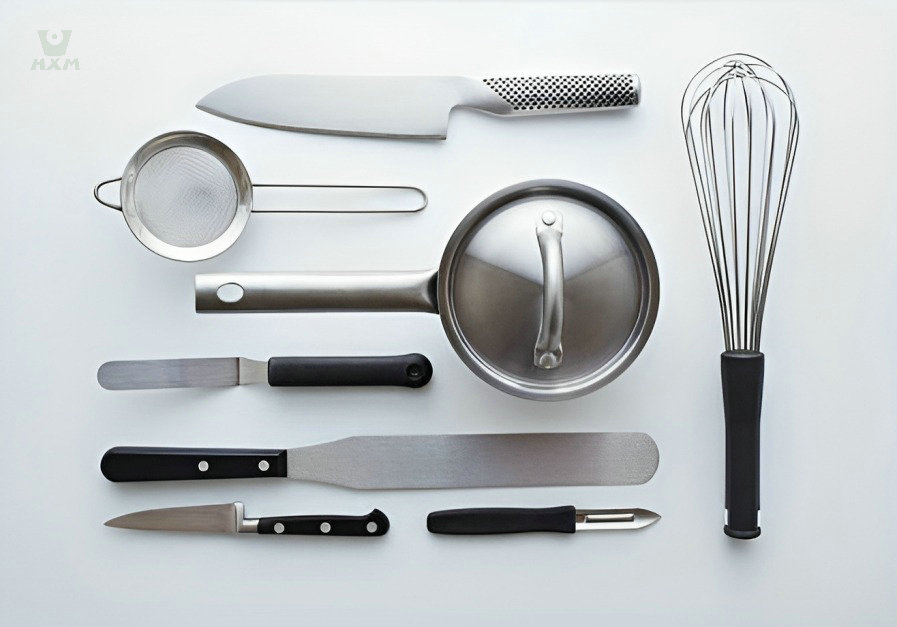
Conclusion
In conclusion, 18/10 stainless steel stands out as a crucial and versatile stainless steel grade in various applications. Its composition, with 18% chromium and 10% nickel, provides exceptional corrosion resistance and enhanced mechanical properties. This makes it a popular choice for kitchenware, food processing equipment, and architectural applications.
When considering stainless steel products, it is essential to understand the different grades available and their specific characteristics. Stainless steel manufacturers carefully engineer these grades to meet the diverse needs of various industries. By being informed about the composition and properties of stainless steel, individuals can make informed decisions when selecting products that best suit their requirements.
The versatility of 18/10 stainless steel lies in its ability to withstand corrosion, maintain hygiene, and offer durability. Whether it’s in a professional kitchen, a food processing facility, or an architectural project, 18/10 stainless steel consistently delivers excellent performance.
By understanding the distinctions between stainless steel grades and the benefits they offer, consumers and professionals alike can make educated choices when it comes to selecting stainless steel products. This knowledge empowers them to prioritize quality, longevity, and functionality, ensuring that their chosen stainless steel items meet their expectations and deliver long-term value.
In conclusion, 18/10 stainless steel embodies the qualities necessary for a wide range of applications. It serves as a reminder that informed decision-making is crucial when choosing stainless steel products, ultimately leading to successful outcomes and satisfaction.


